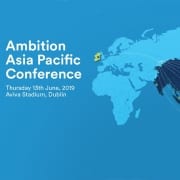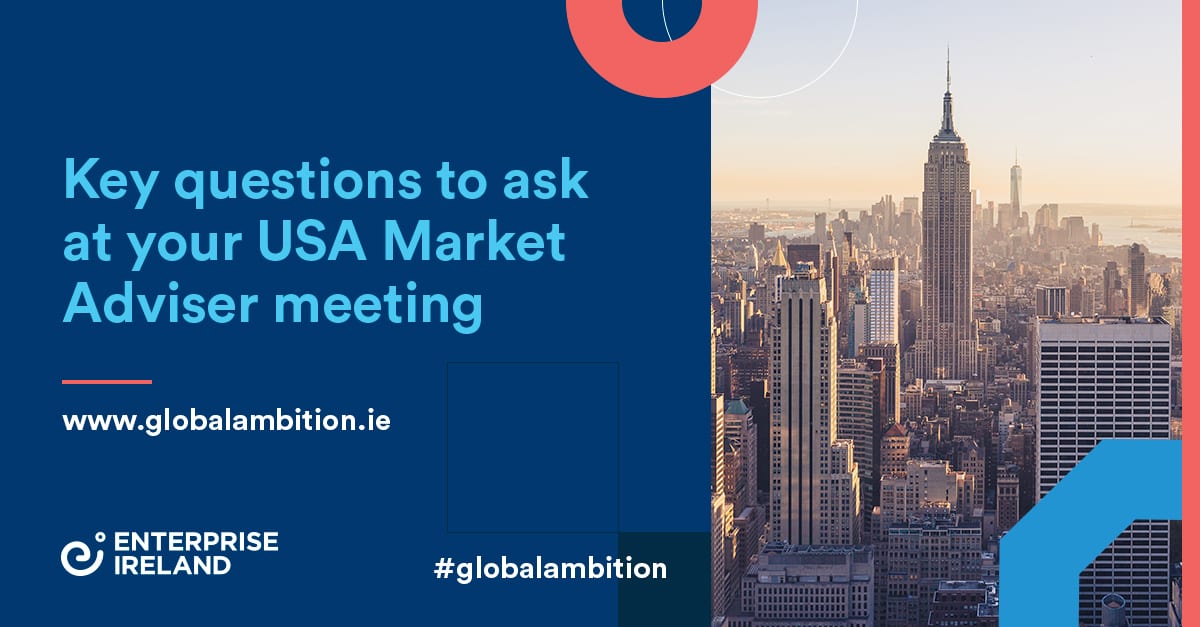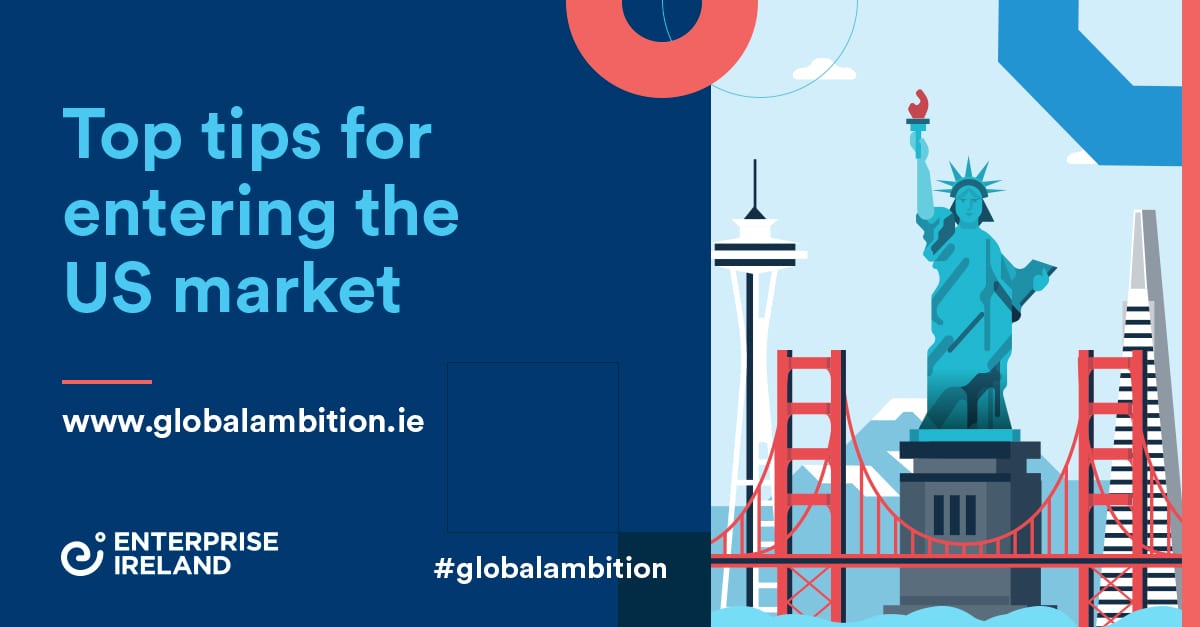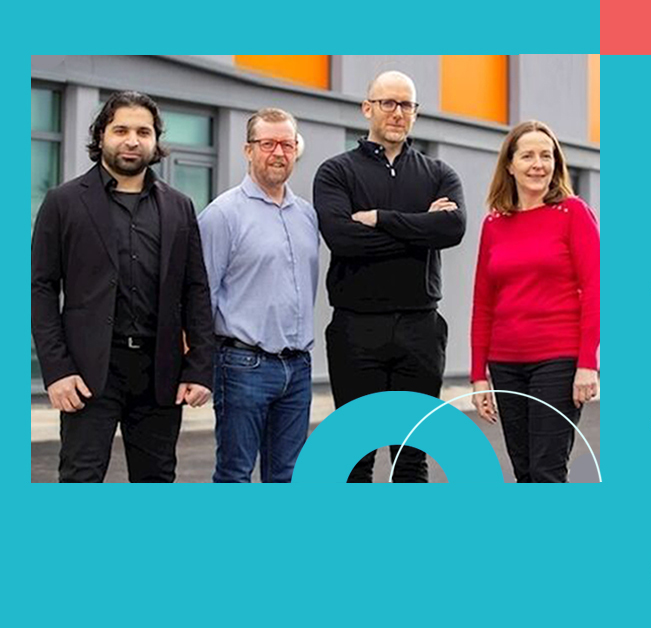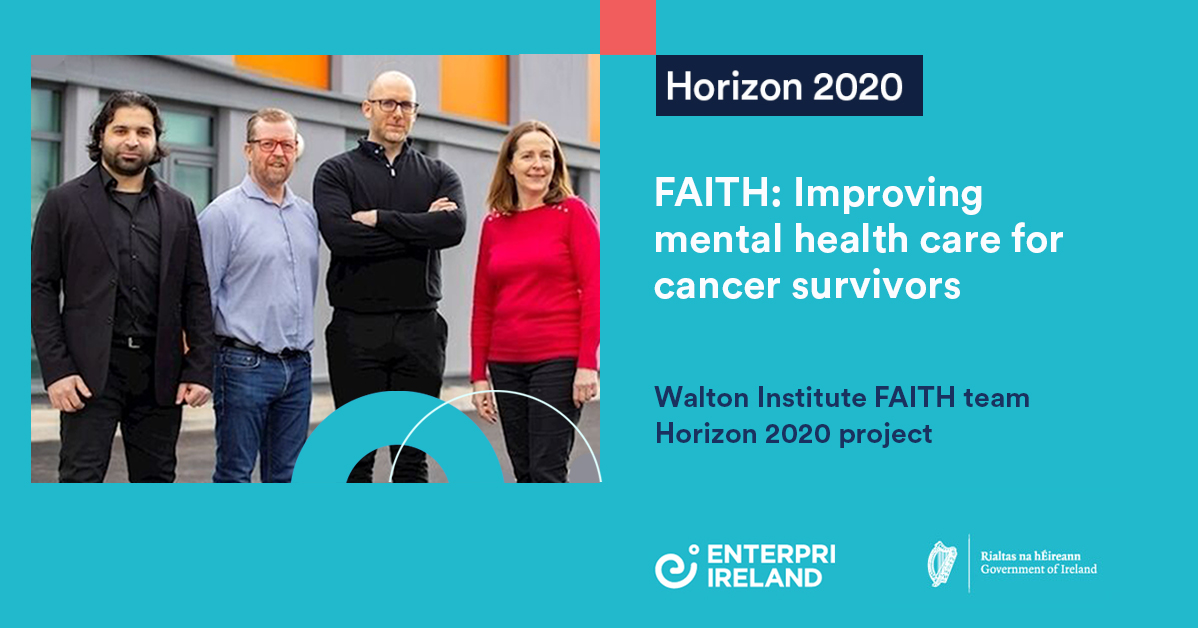Why patents will help Neurent Medical crack the US market
Innovation runs through Irish medtech firms like writing in a stick of rock. It’s in their DNA.
Innovation creates disruption, market advantage and growth – but unless firms take steps to protect the fruits of their R&D, their intellectual property (IP) is vulnerable – and so, too, the advantages it creates.
If you are a small, VC funded, medical device company with disruptive technology that will unlock a US $2 billion market opportunity, an IP strategy from the get-go is almost as important as the product itself.
Neurent Medical recognised need for IP strategy from the start
Neurent Medical, a Galway-based medtech start-up, is developing a novel office-based device solution for the acute allergic and chronic conditions of rhinitis. It is a market currently served by vested pharmaceutical solutions or lengthy and costly surgical intervention.
“With the size of the market that we have and how disruptive our technology is, we’re anticipating fast followers will emerge and try to move into our space,” says David Townley, Neurent Medical’s co-founder and CTO.
“In our case, It isn’t just traditional medical devices that we’re disrupting; there is also a disruptive pharma interest. So, because of that we’ve gone a little deeper into IP strategy and IP establishment than other medical device companies at the same stage of development, because we have a pretty significant market to address.”
The firm is aiming to address the tension that arises between its IP strategy and its market strategy, while at the same time working on what to patent – and when. Not only that but it also has to determine how long to keep its R&D protected internally as a trade secret and when to roll it out to file patents.
Maintaining a trade secret may give a technological competitive edge but a firm risks having its future market landscape inhibited by a rival showing up who patents in the area first, said Townley.
The race for first to file
It is particularly relevant for Neurent Medical because their target launch market, the US, has changed its patent designation from first to invent to first to file, effectively creating a race.
“Historically we were all religious about our lab notebooks and documenting our ideas and our inventions. Signing, dating, countersigning, and so forth. It showed we had a definitive point of proof of origin and date of establishment,” said Townley.
“So when filing a patent, this record keeping was useful in demonstrating inventive origin; It was all about who was first to invent and first to invent used to win.
“But in the last couple of years, the US PTO has converted their approach and transitioned to a first-to-file provision – so now it’s a race to the patent office and whoever gets there first wins, even if you came up with an idea first.”
This has spawned a culture of patent trolling as firms attempt to file and fill areas with patents, many without merit, but costly to unpick for an SME with a genuine innovation.
“It can be double edged because what the first-to-file provision has done is provide absolute clarity on what the disclosures are and simultaneously has established a sense of urgency to file because previously, if you were first to invent you could log and continue developing your innovation internally until it was robust. Then once it’s at a point of readiness you go to the USPTO. Now, because of the first-to-file provision, there’s a higher sense of urgency in getting your content into the USPTO, which creates genuine pressure, particularly for SMEs to file quickly” said Townley.
Aligning market strategy with IP strategy
This creates an even greater necessity to correctly align a firm’s market strategy with its IP strategy, he added.
This is why Townley and the senior management team at Neurent spent a serious amount of time and money at the very start of the company’s journey sourcing the best patent attorney advice for their firm. It led them to California and to one of the world’s leading medical device incubators, The Foundry, where they asked them the simple question: Who do YOU use?
“We knew we were novel and had created a world-leading technology and wanted the best attorneys reviewing our IP strategy and working with us on our positioning. When one of the biggest incubators in the world says this is their go-to guy, then it makes sense. An early robust review is important; there are a lot of dangers out there,” said Townley.
Getting the advice and using Enterprise Ireland’s IP Start programme has seen the firm develop a patent strategy that deals in multiple patent clusters that weave together to establish a robust portfolio, according to Townley, which offers greater protection in the market area.
“Our IP strategy is of fundamental strategic importance to us because it enables us to knit and grow our core technologies, R&D, and marketing with our commercial strategy and informs how we develop, deepen and expand our target markets,” he added.
It has helped Neurent Medical grow and develop its roadmap and its latest round of funding raised €9.3 million, led by Fountain Healthcare Partners; including funds from Enterprise Ireland, which Townley in part attributes to having a sound IP strategy in place.
“It’s absolutely fundamental. In fact, what you’ll see from the medtech investment community is that a poor IP strategy or a poor IP position; is simply a hard stop. Although it’s difficult to raise investment exclusively off the back of IP; it’s almost impossible to raise anything without it. That’s how critical this is.”
Read how Enterprise Ireland can support your R&D ambitions with our range of Innovation supports.




 However, developing 3D technology would mean breaking new ground for LaserTec and would require a considerable amount of R&D.
However, developing 3D technology would mean breaking new ground for LaserTec and would require a considerable amount of R&D.
 Firefly looked at various grant schemes from different organisations before deciding to apply to
Firefly looked at various grant schemes from different organisations before deciding to apply to 

 With the help of
With the help of 

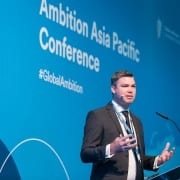
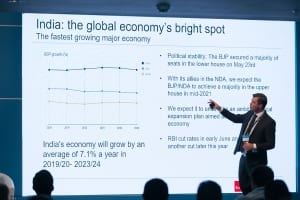
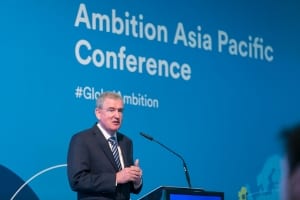 For Irish businesses looking at these markets, either as part of their supply chain or as end markets, it’s worth keeping an eye on regulatory initiatives in relation to either, he said.
For Irish businesses looking at these markets, either as part of their supply chain or as end markets, it’s worth keeping an eye on regulatory initiatives in relation to either, he said.

 solving the problem. “We launched initially onto the Irish market, and had some really excellent, brave and innovative pharmacists in Ireland who understood the benefits of such a system and took it on at an early stage. We have 30 people on our team now, and we are constantly evolving the system, keeping our ears to the ground for changes in regulations and responding to feedback and new requirements from users.”
solving the problem. “We launched initially onto the Irish market, and had some really excellent, brave and innovative pharmacists in Ireland who understood the benefits of such a system and took it on at an early stage. We have 30 people on our team now, and we are constantly evolving the system, keeping our ears to the ground for changes in regulations and responding to feedback and new requirements from users.”